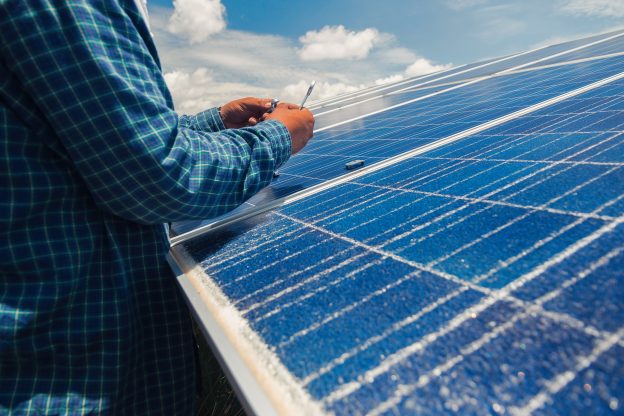The eye-catching SNEC PV Power Expo took place in Shanghai last week. This event has been held annually during late May and early June as this period of time best reflects the industry’s expectations for annual demand and the outlook of the market. While most of the products demonstrated at the SNEC this year were designed far for like military exercises, this event still shed some lights on the trends in the development of solar power technology for the next two years. Development of the worldwide solar power industry in 2019 is expected to be better than last year with global demand projected to reach 110GW, 7.9% higher than 2018. Solar power technology will continue to evolve towards lower LCOE (Levelized Cost of Energy) and costs as well as higher efficiency.
Trends in Each Industrial Sector
Si Wafer: large-sized mono-Si wafers will be a long-term trend with quasi-mono wafers gaining importance and common multi-Si wafers remaining irreplaceable

Currently, 158.75mm continues to be the mainstream size of large-sized Si wafers as manufacturers are trying to lower costs and increase efficiency without changing module sizes and production lines. Wafers in this size are mainly designed to fill in the white spaces in a module. However, wafer size is developing towards 161mm or 166mm. Although the movement is slow due to cost concerns associated with remodeling production lines, large-sized wafers will remain a long-term trend since they can reduce module costs and LCOE.
Cell: P-type cells move towards high-efficiency mono cells and affordable multi cells with N-type Cells gaining ground
Global demand for mono-Si and multi-Si PV cells has developed in two completely directions in 2019: high-efficiency mono-Si cells and affordable multi-Si cells. Despite an increase in visibility, N-type PV cell manufacturers are still trying to bring down the cost due to a high capital expenditure on equipment. PERC mono-Si PV cells have become a standard requirement for solar systems. High-efficiency mono-Si PV cells are mainly produced using PERC, SE, and MBB technologies. Perovskite solar cells also stole a lot of the spotlight at SNEC.
Module: bifacial half-cut cell modules is the mainstream in 2019 with a rapid rise in paving modules

Half-cut cell modules have become a standard requirement in a PV system as this technology can improve module efficiency by 5-10W. Paving is an emerging cell module technology in 2019 as shingled array modules still have a low adoption rate due to patent restrictions and low yield rates. Paving technology enables modules to be fully covered by cells, thus boosting the output power to more than 30W. This technology can reduce module cost and enhance module efficiency.
Inverters: string inverters evolve towards 200KW with proactive string PID monitoring and IV curve scan functions

In alignment with the transformation of global energy structure, inverter manufacturers have strived to achieve a lower LCOE and reach grid parity. Inverters with Solar-plus-storage capabilities will be a key driving force for PV to become a primary source of renewable energy. 1500V and larger string inverters will be the mainstream in 2019. With more MPPT channels, they can increase the energy generated by power plants. Large capacity string inverters are likely to replace central inverters in medium- and-small power plants (C&I projects).
(By Sharon Chen, EnergyTrend Analyst)






